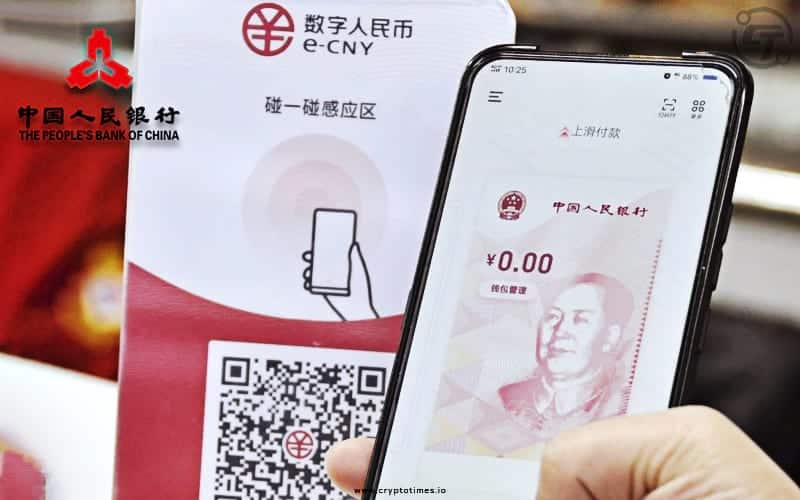The People Bank of China (PBoC) has published a whitepaper for the country’s Central Bank Digital Currency (CBDC), e-CNY. The PBOC was one of the first central banks to introduce the idea of creating a Central Bank Digital Currency.
It has currently allowed the digital currency working group to publish a white paper detailing the CBDC’s current progress. The white paper titled “Progress of Research & Development of E-CNY in China”. The whitepaper confirms that the CBDC comes with “smart contract programmability”.
The Whitepaper at a high level explains the background and progress of the E-CNY initiative started in 2014. It says, the largest context that forced China into research and development of the e-CNY is the emergence of cryptocurrencies. It brought the risk and challenges to the existing financial system.
The PBoC wrote, “However, given their lack of intrinsic value, acute price fluctuations, low trading efficiencies and huge energy consumption, they can hardly serve as currencies, used in daily economics activities. In addition, cryptocurrencies are mostly speculative instruments, and therefore pose potential risks to financial security and social stability.”
Under the section about the e-CNY’s design characteristics, the PBoC confirmed that one of its seven major features is programmability. After a lot of speculation, for the first time PBoC officially gave confirmation that the e-CNY will be programmable.
The Whitepaper Highlights:
“E-CNY obtains programmability from deploying smart contracts that don’t impair its monetary functions. Under the premise of security and compliance, this feature enables self-executing payments according to predefined conditions or terms agreed between two sides, so as to facilitate business model innovation.”
The paper claims that Digital Yuan now has more than 20 million wallets. It has settled more than $5.4 billion or 35.5 billion yuan on the e-CNY network.
The paper outlines various use cases of national CBDC in the banking system and retail market. They will add digital yuan as a legal tender in the country. It will play a key role in the retail payment market. It will co-exist with the physical RMB and become the backbone of the payment system.
The Whitepaper didn’t mention the blockchain. However, Yao Qian, one of the digital yuan architects said that CBDC possibly could operate on Ethereum or Diam.
Mu Changchun, the head of the PBoc’s digital currency research lab and Fan Yiefei, vice governor of the PBOC, expressed opinions on the “Programmability” front of e-CNY. They said the e-CNY could add on smart contracts that would help it better perform its role as a currency.







